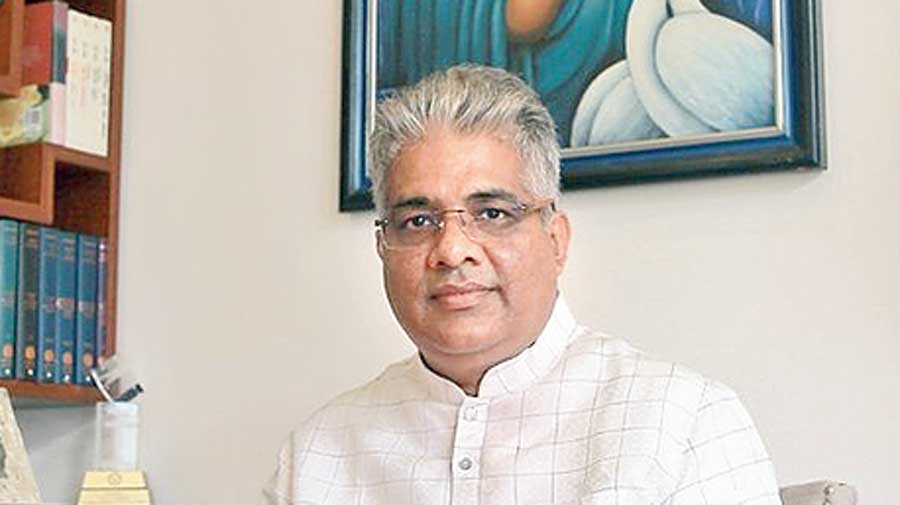Advancements in Wildlife Conservation in India

The Wildlife Institute of India (WII) in Dehradun has taken a significant step forward in wildlife conservation. Union Minister for Environment, Forest and Climate Change, Shri Bhupender Yadav, inaugurated two state-of-the-art facilities: the Advanced Facility for Pashmina Certification and the Next Generation DNA Sequencing Facility. This event was attended by Minister of State for Environment, Forest and Climate Change, Shri Kirti Vardhan Singh. These facilities build on the foundation laid last year when the Pashmina Certification Centre (PCC) was inaugurated, marking a new era in wildlife research and conservation in India.
Next Generation Sequencing Facility: A Breakthrough in Research
The Next Generation Sequencing (NGS) Facility represents a groundbreaking advancement in genetic research. NGS technology allows scientists to decode entire genomes quickly and efficiently. This capability enables the analysis of millions of DNA sequences at once, providing insights into genetic diversity and evolutionary relationships.
In wildlife conservation, NGS is crucial. It helps researchers assess the genetic health of populations, understand unique adaptations, and monitor the effects of climate change on biodiversity. Additionally, NGS can identify illegal wildlife trade and track disease outbreaks. With this facility, the Wildlife Institute of India positions itself as a leader in molecular and genetic research. It opens doors for advanced studies in biodiversity genomics, population genetics, and disease surveillance.
Union Minister Shri Bhupender Yadav emphasized the importance of this facility, stating, “This facility is a game-changer for wildlife research in India.” He noted that it equips scientists with the tools needed to decode the genetic mysteries of biodiversity. Such advancements are essential for protecting India’s rich wildlife for future generations.
A Self-Sustaining Model for Pashmina Certification
The Pashmina Certification Centre (PCC) is a unique initiative that operates under a self-sustaining model. It generates revenue while creating job opportunities for young professionals. This model is part of a Public-Private Partnership (PPP) between the Wildlife Institute of India and the Export Promotion Council for Handicrafts (EPCH).
Since its establishment, the PCC has certified over 15,000 shawls, ensuring their authenticity. This certification process guarantees that no other fibers are mixed with genuine Pashmina, facilitating seamless trade in both national and international markets. The upgraded facility now includes a Scanning Electron Microscope (SEM) with Energy Dispersive Spectroscopy (EDS). This technology enhances the precision and reliability of wool testing and certification.
Minister Yadav praised the collaborative efforts of the Wildlife Institute of India and EPCH in establishing this world-class facility. He reiterated the government’s commitment to preserving India’s cultural heritage while promoting sustainable development and biodiversity conservation.
Supporting Artisans and Promoting Conservation
Pashmina is vital for the livelihoods of artisans and weavers in Jammu and Kashmir. The PCC plays a crucial role in supporting this community by certifying genuine products. This certification enhances their credibility in global markets and ensures fair trade practices.
Moreover, the PCC discourages the use of prohibited fibers, which indirectly aids in the conservation of the Tibetan antelope (Chiru). This species has faced threats due to illegal trade in Shahtoosh wool. By promoting authentic Pashmina products, the PCC helps protect the Chiru’s habitat and contributes to broader conservation efforts.
Minister of State for Environment, Forests, and Climate Change, Shri Kirti Vardhan Singh, highlighted the potential of the NGS facility. He stated, “With the Next-Generation Sequencing facility, we are equipping ourselves to address modern conservation challenges with precision and innovation.” This facility is expected to bolster ongoing projects and open new research avenues, including studies on genetic adaptation to climate change and conservation strategies for endangered species.
The inauguration of these advanced facilities marks a significant milestone in India’s wildlife conservation efforts. They not only enhance research capabilities but also support local artisans and promote sustainable practices.
Observer Voice is the one stop site for National, International news, Sports, Editor’s Choice, Art/culture contents, Quotes and much more. We also cover historical contents. Historical contents includes World History, Indian History, and what happened today. The website also covers Entertainment across the India and World.
Follow Us on Twitter, Instagram, Facebook, & LinkedIn

